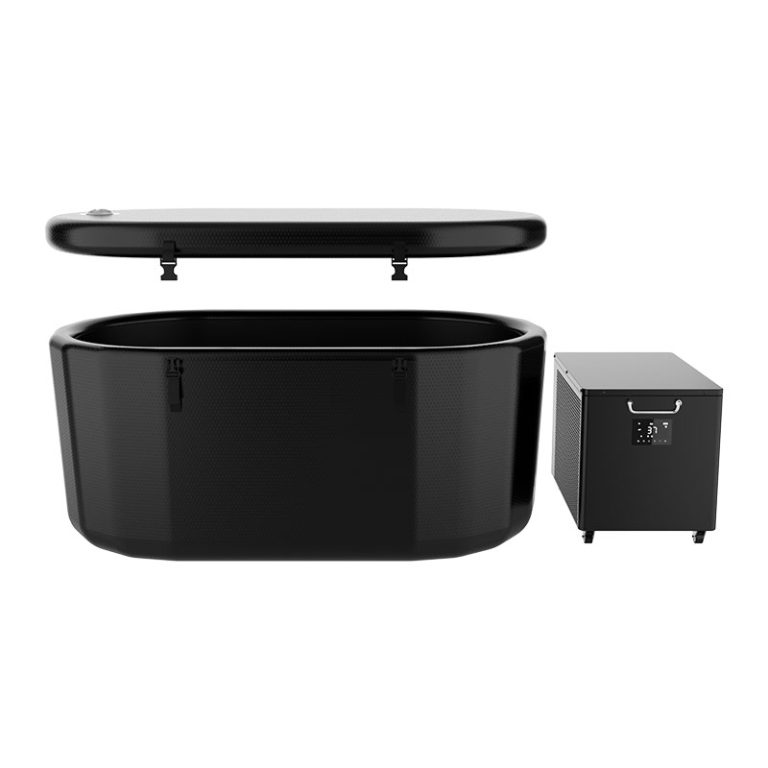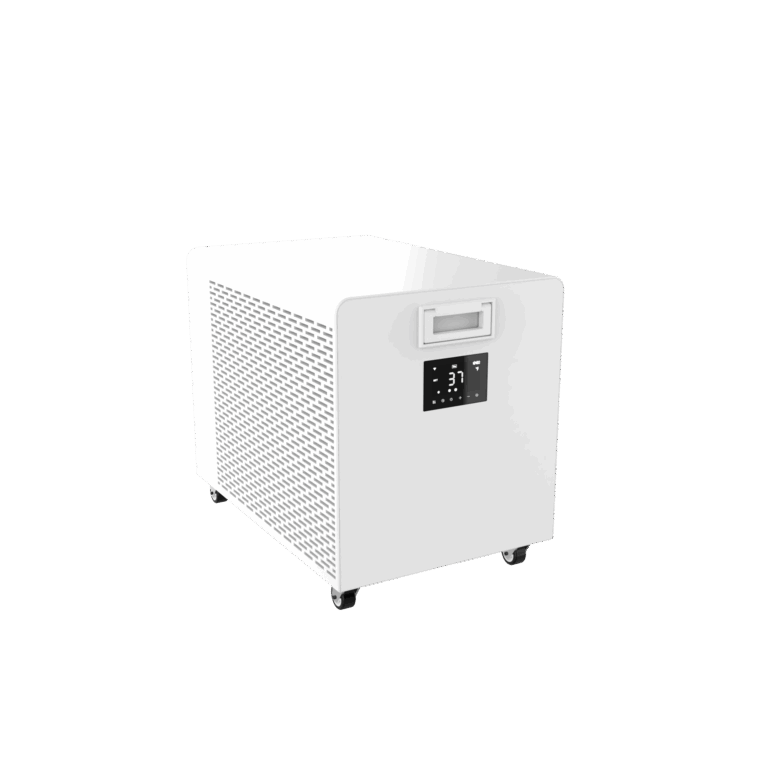While China celebrates the Labor Day holiday with rest and relaxation, our factory floor remains a hive of activity. At Hi-Q Group, customer satisfaction isn’t just a promise—it’s a principle we live by. Even during national holidays, we go the extra mile to ensure every order is fulfilled on time, with precision and care.
This May Day, our production team is still hard at work. In the packaging department, staff are working tirelessly—folding boxes, labeling each unit carefully, securing every package with strapping bands to ensure it arrives safely and neatly. Every movement is swift, efficient, and full of purpose.
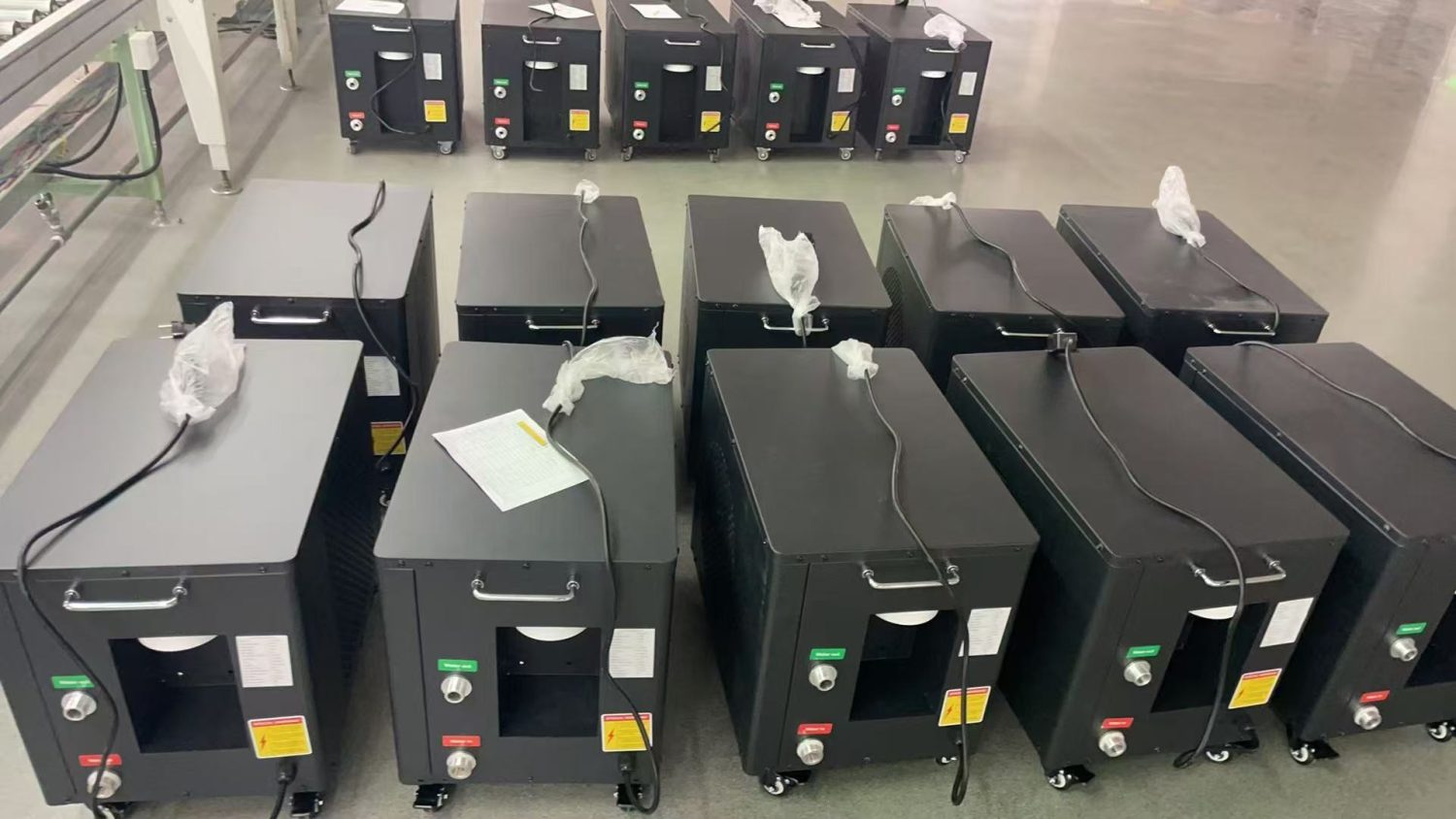
Meanwhile, our quality inspection team is methodically checking every product—testing both the appearance and functionality—to ensure it meets the highest standards our clients expect. From UV disinfection to WiFi connectivity, no feature goes unchecked.
The shipping department is equally busy, preparing pallets and organizing them for international freight. Down the line, our order coordination team is actively communicating with logistics partners, preparing all necessary documentation, and confirming shipping schedules so that not a single order is delayed.
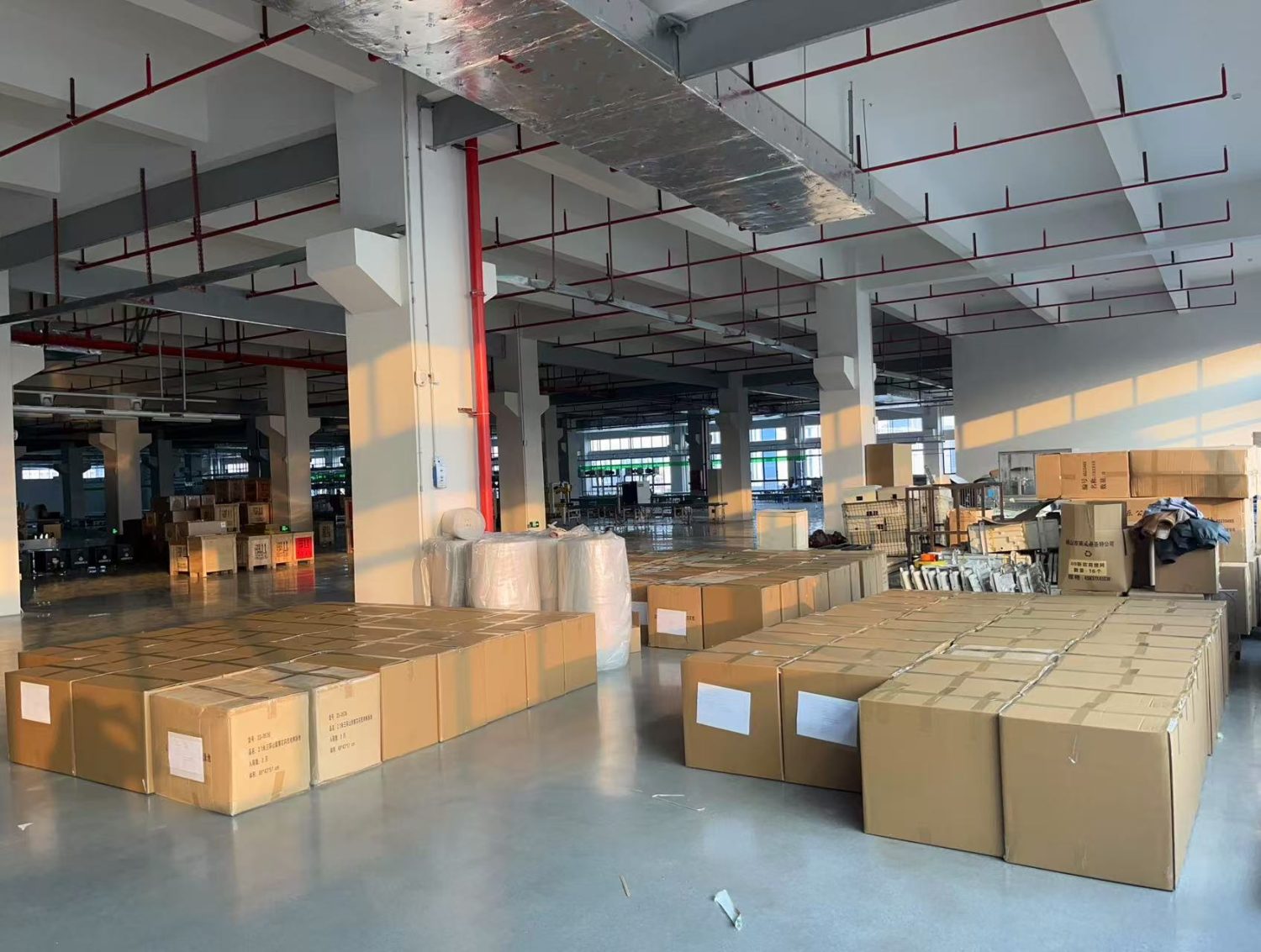
This is what we mean when we say “customer-first.” It’s not just about delivering a product—it’s about delivering peace of mind, especially when clients around the world are counting on us to meet their deadlines for spa openings, fitness center installations, or retail resupply.
However, as committed as we are to our clients, we never forget our responsibility to our team. We believe that respecting labor also means protecting it. We ensure that our employees are compensated fairly for their holiday shifts, have proper rest cycles, and are recognized for their dedication and hard work. Their wellbeing is just as important as any deadline.
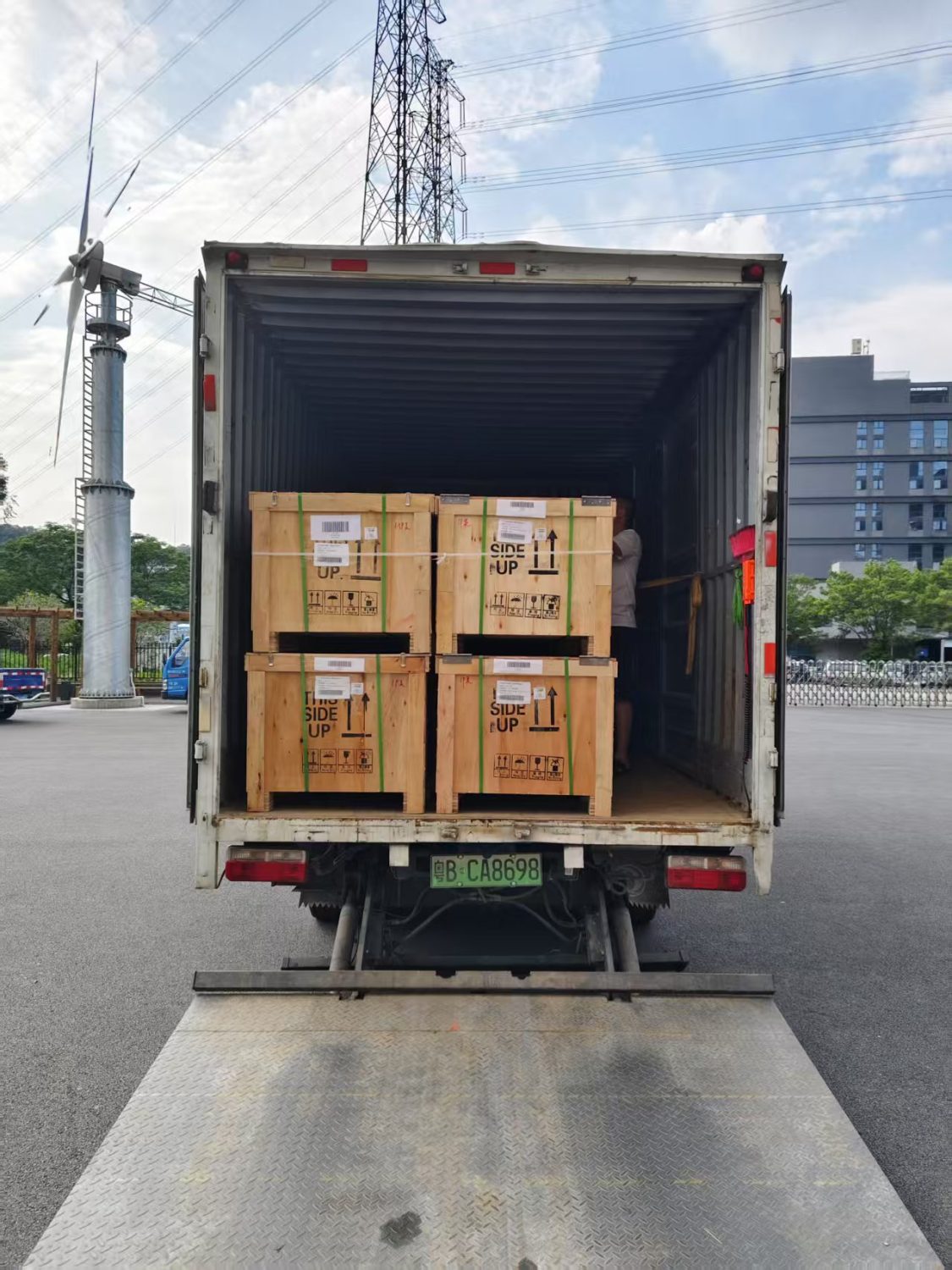
To our clients, thank you for your continued trust and partnership. Your satisfaction is what motivates us to stay agile, efficient, and dependable—even during holidays.
And to our incredible team—your commitment and professionalism do not go unnoticed. You are the heart of Hi-Q Group, and we are proud to stand together with you in delivering excellence, every single day.
Happy Labor Day from all of us at Hi-Q Group. We’re not just shipping products—we’re delivering on promises.


